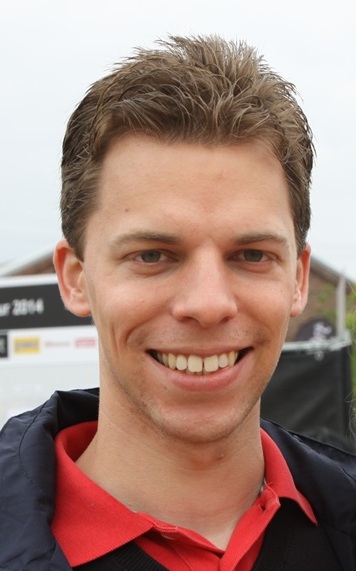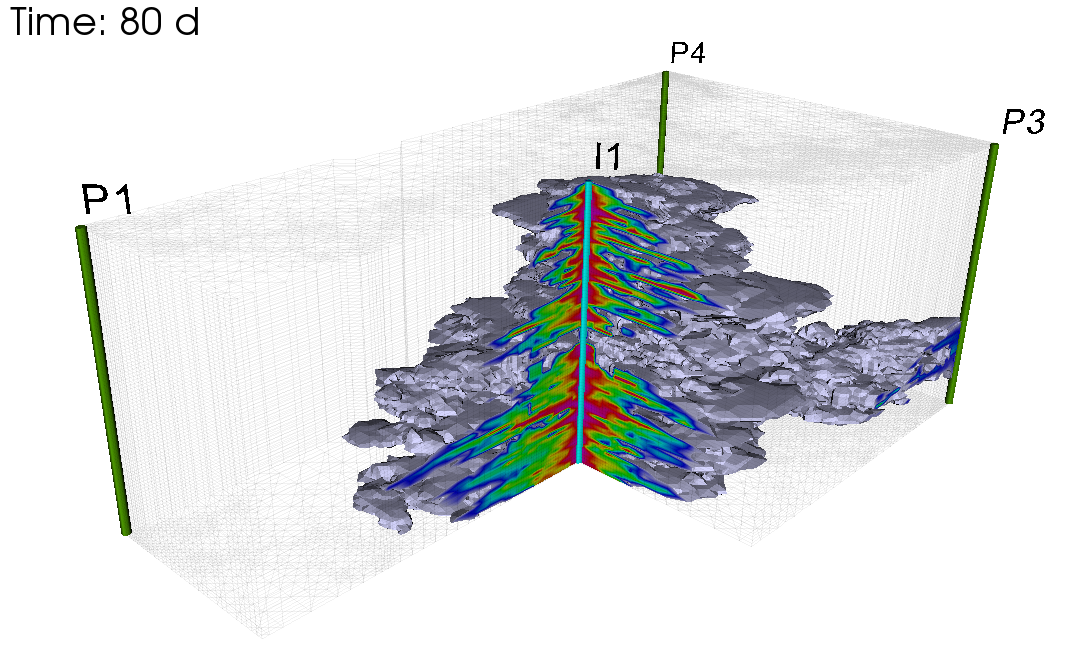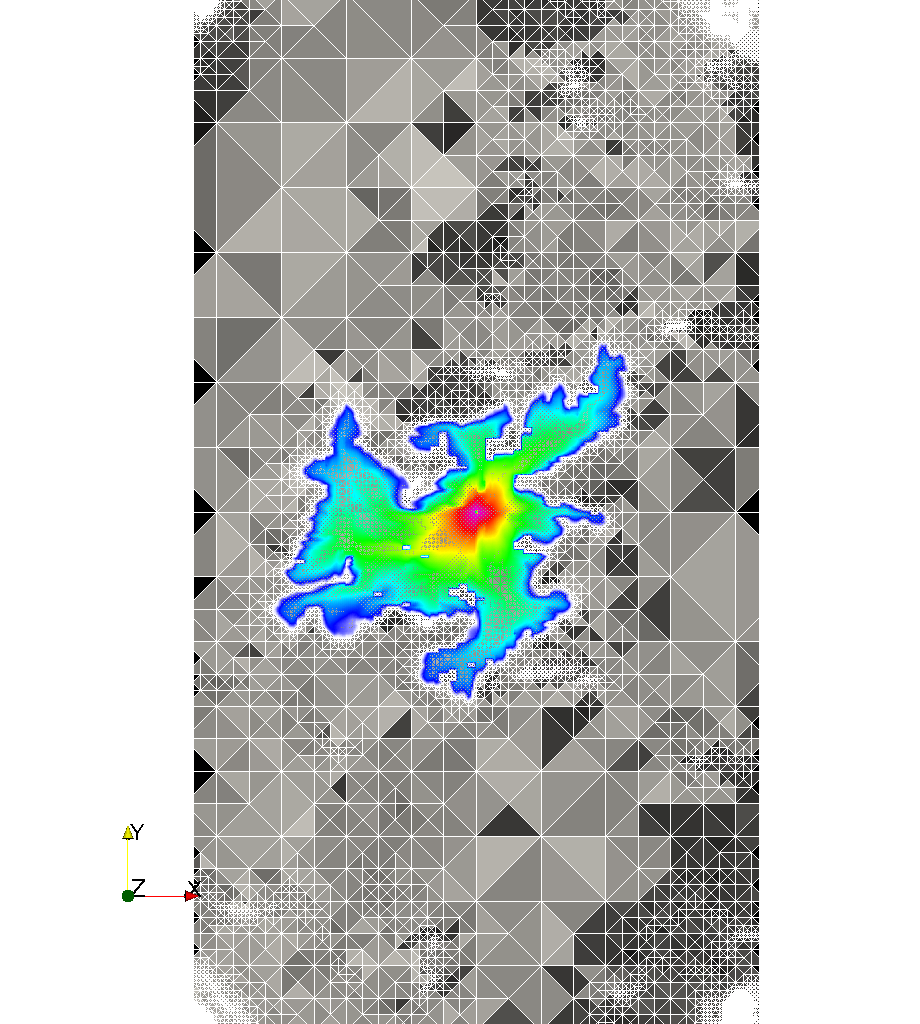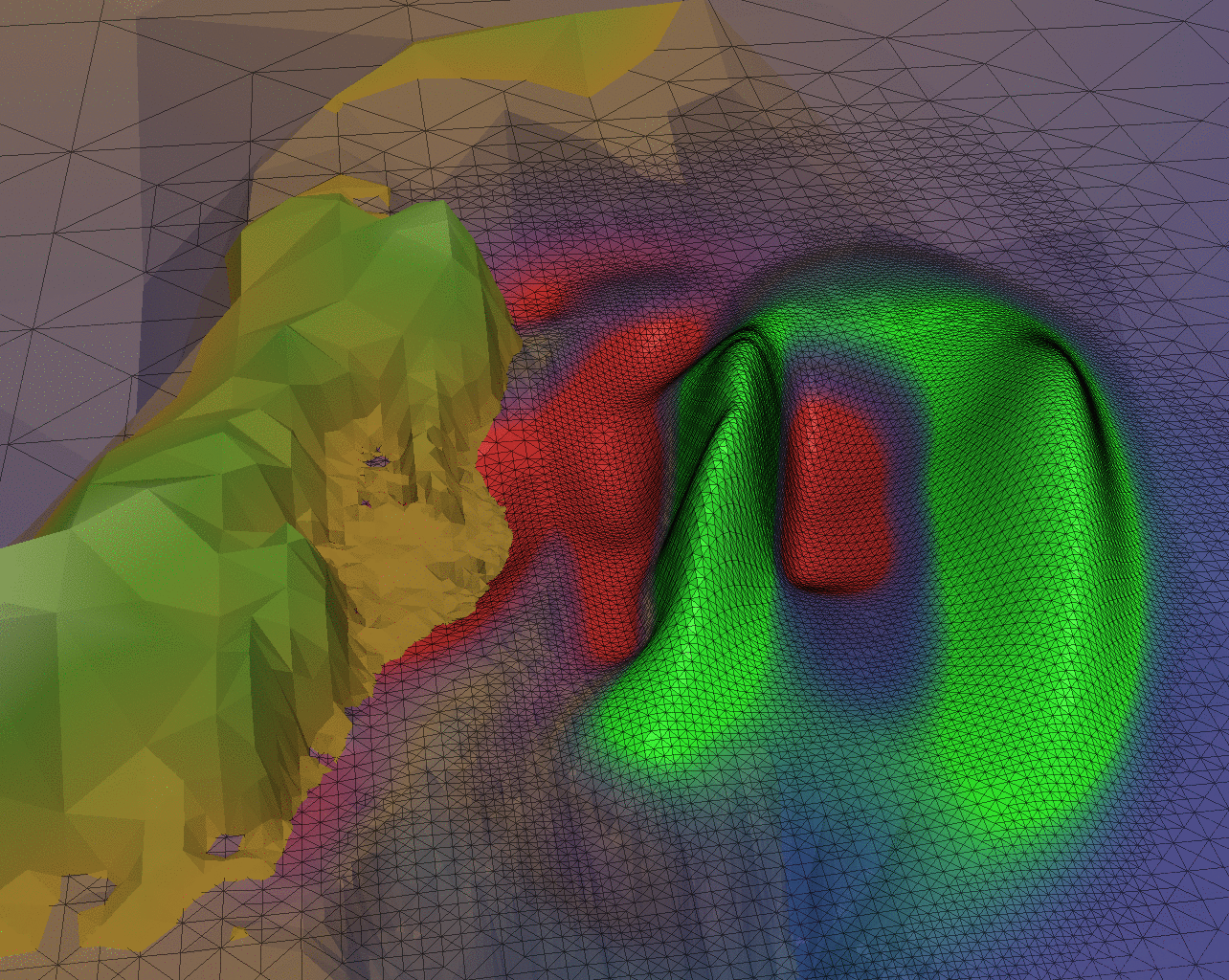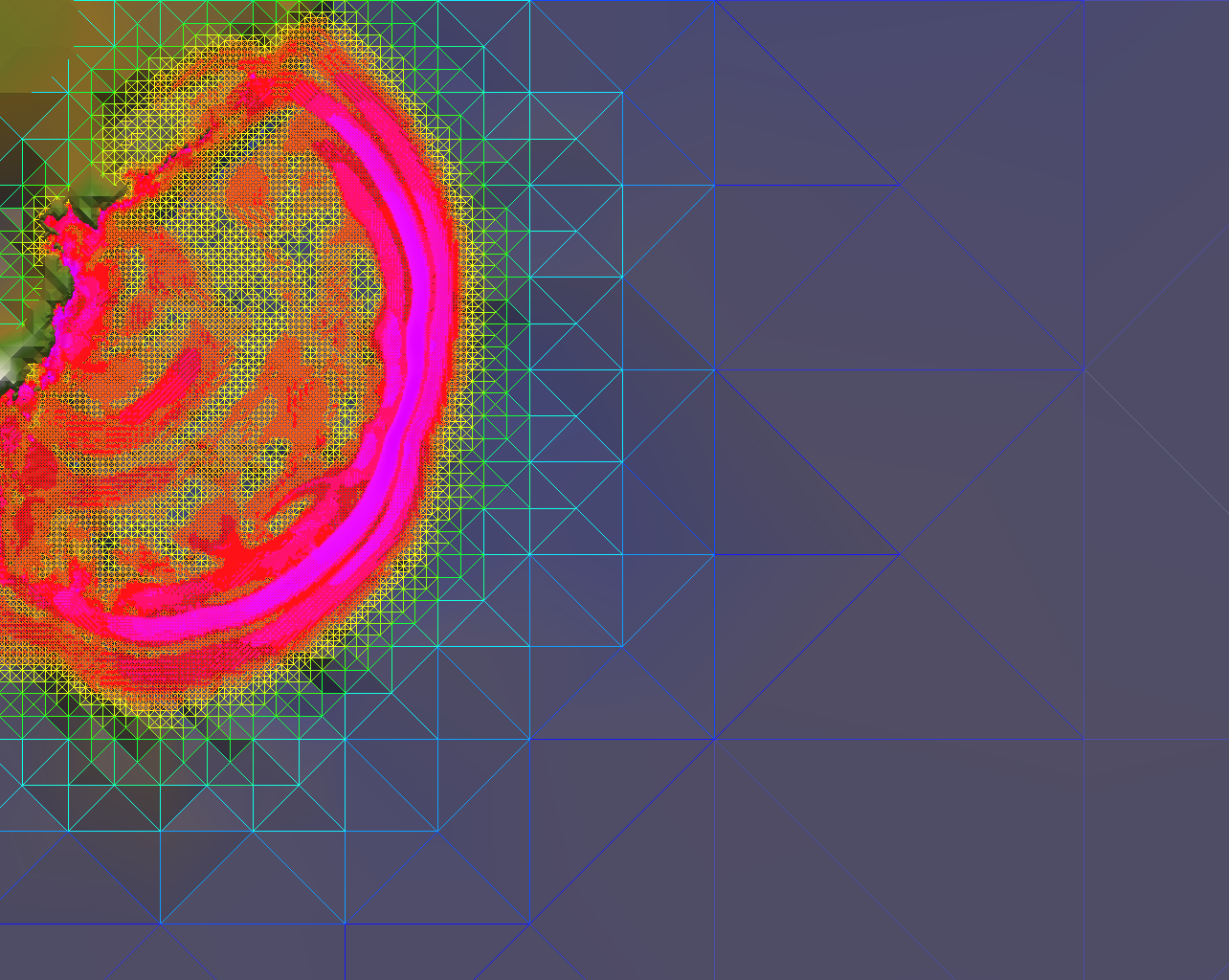Dr. rer. nat. Oliver Meister
About me
In May 2010, after I received my Diploma degree in Informatics at the Technische Universität München (TUM), I started working as a PhD student of Univ.-Prof. Dr. Michael Bader, who had a position as a Junior Professor (JP) in the SGS group at the IPVS, Universität Stuttgart. The group was led by Prof. Dr. Marc-Alexander Schweitzer at the time. Shorty afterwards, Michael Bader accepted a position as Univ.-Prof. at TUM. So I moved back to Munich in November 2011 to continue working as a member of the SCCS chair under Univ.-Prof. Dr. Hans-Joachim Bungartz, where I finished my PhD in 2016. Since August 2016 I have been employed in a private company.
My topics of interest include High Performance Computing (HPC) for applications such as multi-phase flow in porous media and tsunami simulation, dynamically adaptive grids, parallelization of structured meshes and load balancing with space-filling curves.
Research
During my PhD, I developed the software project sam(oa)², a framework for efficient, numerical solution of partial differential equations on HPC architectures based on space-filling curve traversal. Two applications were implemented: two-phase porous media flow and tsunami wave propagation.
Two-Phase Porous Media Flow
This is a dynamically adaptive, parallel simulation of the SPE10 benchmark, where the vertical axis has been scaled by a factor 5 for better visibility. Colors indicate the water saturation (blue = 0.2, pink = 1.0), the lower right corner has been clipped. A central well (I1) injects water into the domain and wells (P1, P2, P3, P4) at the four corners produce oil.
Below is a simulation of slice 0 of SPE10. The left video shows the log-scaled permeability (black to gray) and water saturation (blue = 0.2, pink = 1.0). The right video shows adaptive refinement and coarsening of the grid and the domain decomposition due to load balancing, marked by distinct colors.
Tsunami Wave Propagation
This is a dynamically adaptive, parallel simulation of the Tohoku tsunami 2011. The left video shows the Japanese coast line with exaggerated tsunami wave fronts (green: positive elevation, red: negative elevation). The right video shows a top view of the scenario, with focus on adaptive refinement and coarsening of the grid.
Publications and Presentations
Below you can find a selection of published work and talks.
Publications
<pubsccs>nocaption&noheader=1&utypid=1010&utypid=1020&utypid=2040&&utypid=2030&authorid=86&nocaption=1</pubsccs>
Posters
<pubsccs>nocaption&noheader=1&authorid=86&utypid=1130&nocaption=1</pubsccs>
Talks
<pubsccs>nocaption&noheader=1&authorid=86&utypid=1120&nocaption=1</pubsccs>
Student Theses
I do not work for the chair anymore, but if you are interested in a topic for a student project/thesis, then contact me and I will forward your request to the appropriate person. Open topics include:
- Efficient neighbour search in a parallel, adaptive framework
- Preprocessing permeability tensors for upscaling in porous media flow
- Tuning a parallel tsunami simulation on adaptive grids
More topics are available on request.
Finished Theses
<pubsccs>noheader=1&betreuerid=86&nocaption=1</pubsccs>
Research Stays
- Aug - Sep 2013: Imperial College London under supervision of Dr. David Ham at the Software Performance Optimisation Group of Prof. Paul Kelly
Teaching
Lab Courses
- ST 13, ST 14, ST 15: Game Physics
Seminars
- ST 12, ST 13, ST 14, ST 15: Numerical Methods for Earthquake and Tsunami Simulation
- ST 12: Leading Yourself and Others
- ST 11: Ferienakademie
Tutorials
- WT 12/13, WT 13/14, WT 14/15: HPC Algorithms and Applications
- WT 11/12: Diskrete Strukturen
